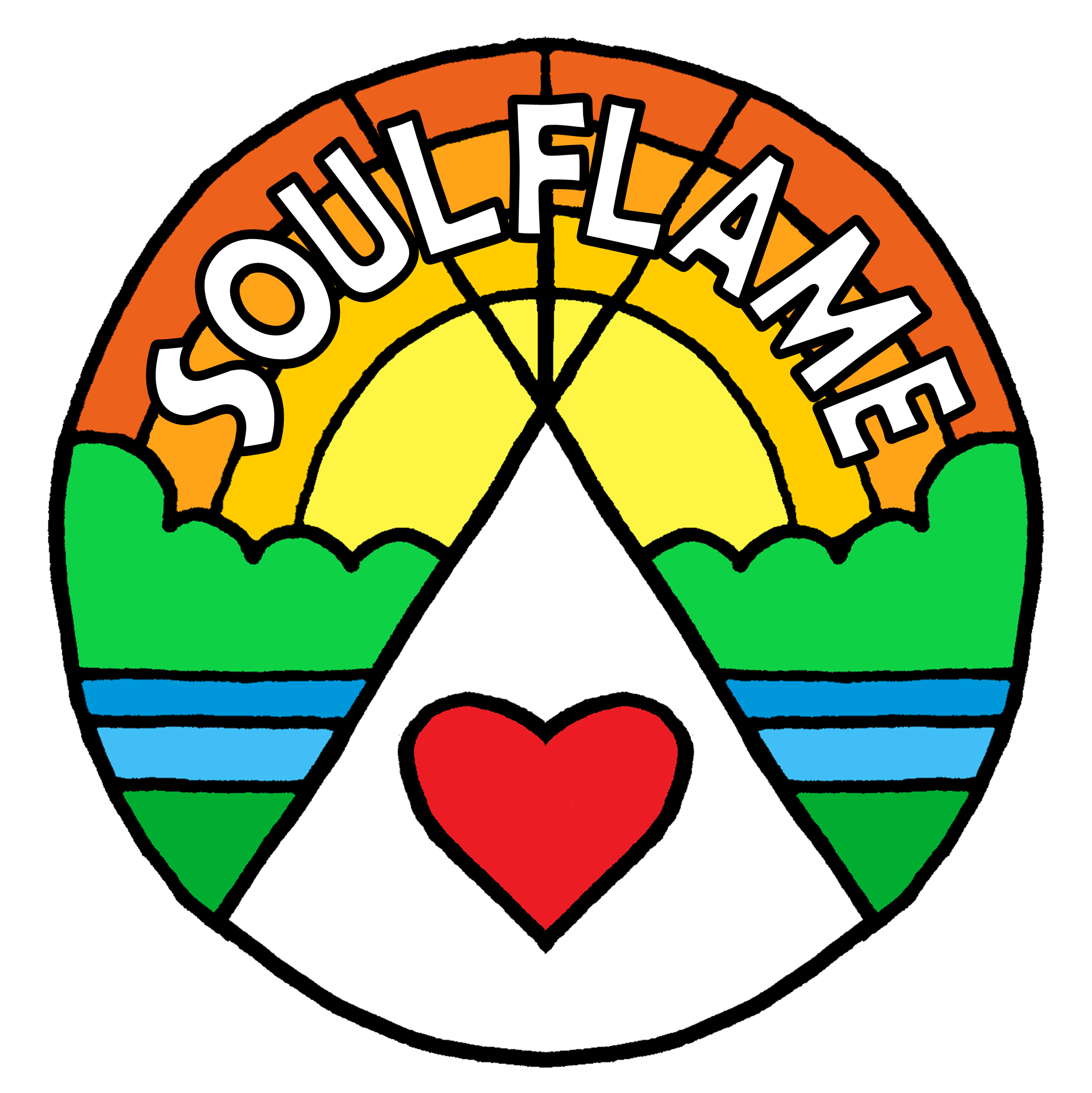Miniature Tipi Backrests with artist Lance Cardinal
Tansi everyone! Lance Cardinal here. I am a Cree artist living in Edmonton, Alberta, Canada. I come from the Bigstone Cree Nation in Treaty 8 territory. I am so excited to share some pictures of my newest artistic project. The Miniature Tipi Backrests.
Miniature tipi backrests by Cree artist Lance Cardinal ᐊᐧᒐᐢᐠ 8”X8”X11”
In early Januray 2020 I was asked to create 15 unique indigenous gifts for European guests visiting Edmonton, Alberta, Canada. It had to be something that represented the Indigenous peoples of Alberta, and could travel easily overseas. A miniature replica of a traditional Cree tipi backrest seemed like the perfect idea!
15 Miniature tipi backrests by Cree artist Lance Cardinal ᐊᐧᒐᐢᐠ 8”X8”X11”
Setting The Scale
When I was figuring out the scale of the miniature I decided to use a wooden drawing figure as my scale sample for dimensions and testing. The scale of the miniature and figure is : 2”=1’0”. An actual traditional Cree backrest ranges from 48”-60” tall before being buried in the ground when secured. This miniature is 10” tall (5’).
Traditional Cree backrests were used by the Blackfoot people as seats of honour inside of a tipi. They were usually located directly across from the door flap, welcoming visitors to the home. The full size backrests were 48”-56” tall and woven together from willow, trade cloth, wood, beads and sinew. The completed backrest sat on a tri-pod structure that was pegged into the ground to act as a support. The miniature backrests you see here were made from kitchen bamboo skewers, craft felt, moosehide, sinew, paint and stand about 11” tall.
Miniature tipi backrest by Cree artist Lance Cardinal ᐊᐧᒐᐢᐠ 8”X8”X11”
Miniature tipi backrest by Cree artist Lance Cardinal ᐊᐧᒐᐢᐠ 8”X8”X11”
Making the Poles
I tried to be as accurate as possible with materials and patterns. The poles used in the tripod are created using 11” wooden dowels from the local craft store. I used a Dremel to carve out the notches along the pole and round off the edges. I also used an electric pencil sharpener to create the pointed edge. I painted the four colours of the medicine wheel on the poles with acrylic paint.
Miniature tipi backrest (Front and back) by Cree artist Lance Cardinal ᐊᐧᒐᐢᐠ 8”X8”X11”
15 Miniature tipi backrests by Cree artist Lance Cardinal ᐊᐧᒐᐢᐠ 8”X8”X11”
Miniature tipi backrest by Cree artist Lance Cardinal ᐊᐧᒐᐢᐠ 8”X8”X11”
Miniature tipi backrest by Cree artist Lance Cardinal ᐊᐧᒐᐢᐠ 8”X8”X11”
Miniature tipi backrest by Cree artist Lance Cardinal ᐊᐧᒐᐢᐠ 8”X8”X11”
Finishing Touches
After the backrest and the Tripod were completed, I used felt, hide rope, fringe and patterned fabric to create the headrest. The animal hide base was made from rabbit fur and felt. Once all the pieces were completed they were put into piles and brought to the studio for photographing, numbering and archiving.
Miniature headrests by Cree artist Lance Cardinal ᐊᐧᒐᐢᐠ 8”X8”X11”
Miniature rabbit skin rugs by Cree artist Lance Cardinal ᐊᐧᒐᐢᐠ 8”X8”X11”
Miniature tipi backrest kits by Cree artist Lance Cardinal ᐊᐧᒐᐢᐠ 8”X8”X11”
15 Miniature tipi backrests by Cree artist Lance Cardinal ᐊᐧᒐᐢᐠ 8”X8”X11”
Miniature tipi backrest seen on a table by Cree artist Lance Cardinal ᐊᐧᒐᐢᐠ 8”X8”X11”



